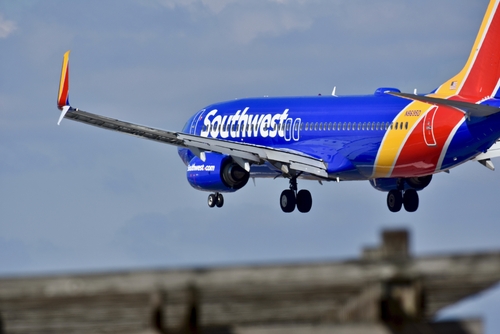
When I interviewed for a position at Coleman Insights five and a half years ago, one of my assignments was to create a PowerPoint presentation featuring the subject of my choosing, which I delivered in front of the entire consultant team. The topic I selected was cult branding, inspired by one of my favorite books on the topic: The Power of Cult Branding: How 9 Magnetic Brands Turned Customers Into Loyal Followers by Matthew W. Ragas and Bolivar J. Bueno.
In the book, the authors illustrate how Cult Brands follow the “Seven Golden Rules of Cult Branding”:
- The Rule of Social Groups: Consumers want to be part of a group that’s different.
- The Rule of Courage: Cult Brand inventors show daring and determination.
- The Rule of Fun: Cult Brands sell lifestyles.
- The Rule of Human Needs: Listen to the choir and create Cult Brand evangelists.
- The Rule of Contribution: Cult Brands always create customer communities.
- The Rule of Openness: Cult Brands are inclusive.
- The Rule of Freedom: Cult Brands promote personal freedom and draw power from their enemies.
The nine brands highlighted in the book (written in 2002) are Star Trek, Harley-Davidson, Oprah Winfrey, World Wrestling Entertainment, Apple, Volkswagen Beetle, Jimmy Buffett, Vans Shoes, and Linux.

While time has shifted the relevance of a few of these brands in the past two decades, the themes that permeate through each are clear. These brands inspire passionate fan bases and are intensely focused on their customers. A number of years ago, Bueno’s The Cult Branding Company profiled another “certified” Cult Brand.
Based on recent events, you may feel like you’ve been transported to an alternate universe when reading the Cult Brand profile of Southwest which includes the following nuggets:
- “Southwest’s maintenance of financial reserves to counter major setbacks allowed them to focus on what really matters: the employees and the customers.”
- “Southwest employees donated $1.3 million to help the airline (after September 11th)”
- “A much more positive work environment is created in which everyone works together to find out what went wrong and how it can be prevented in the future.”
- “Their efficient communication-focused approach has resulted in fewer lost bags, fewer delays, and inevitably, fewer complaints.”
That sentiment is quite a far cry from this open letter from Southwest Airlines Captain Tom Nekouei on December 31st, 2022, that places the blame for the recent systemwide meltdown squarely on airline leadership that shifted the focus from the customer to the shareholder and torched the values that made Southwest a Cult Brand.
Many are wondering if Southwest Airlines will ever recover from this mess.

We regularly track image perceptions in strategic research we conduct for brands. By doing so, we can identify which images are strengths and weaknesses. Which images are owned and which are available in the marketplace. While we don’t conduct research for Southwest, we can just imagine the hit the airline will take in crucial images like Customer Service and Reliability.
A major lesson we share with our clients often is how images are like icebergs. Slow to develop, slow to erode. But a major event can throw that into chaotic disarray. It took decades for Southwest to build its positive brand images, and by many accounts from its own employees, leadership seemingly put it all at risk to save a buck.
Southwest’s brand recovery will take patience and time. First, the airline will need to invest to fix the underlying technical issues that caused the meltdown. Then, it will have to attempt to rebuild the culture of an untrusting, betrayed workforce. Finally, it will need to convince consumers, and we’ve learned that just doing those things isn’t enough. They will need to spend massive amounts of money on the inevitable “The Southwest You Luv Is Back” message. All of which could have been prevented if the company hadn’t stopped investing in the brand, which leads me to the final takeaway for every brand.
Cutting costs is easy. It’s tangible. You can see exactly how much you’ll save.
Investing in your brand is hard. Research doesn’t deliver instant results. Brand marketing today won’t spike your profits tomorrow.
But in our experience, those who invest in their brands see consistent growth over time. Those who cut may experience a short-term bump, but the brand damage may be incalculable.
That’s just not a risk worth taking.
